Orthopedic Injuries: Prehab To Avoid Rehab
Orthopedic Injuries. Here’s one of mine. This picture is real. It was taken by my husband a few years ago. That’s me unable to lower my arm without passing out…
Lost your password? Please enter your email address. You will receive a link to create a new password.
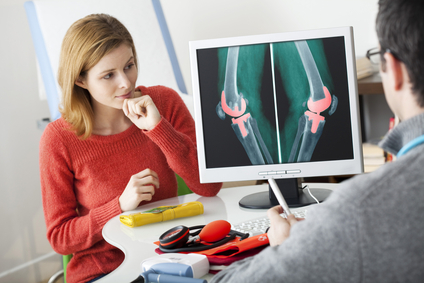
Orthopedic Injuries. Here’s one of mine. This picture is real. It was taken by my husband a few years ago. That’s me unable to lower my arm without passing out…
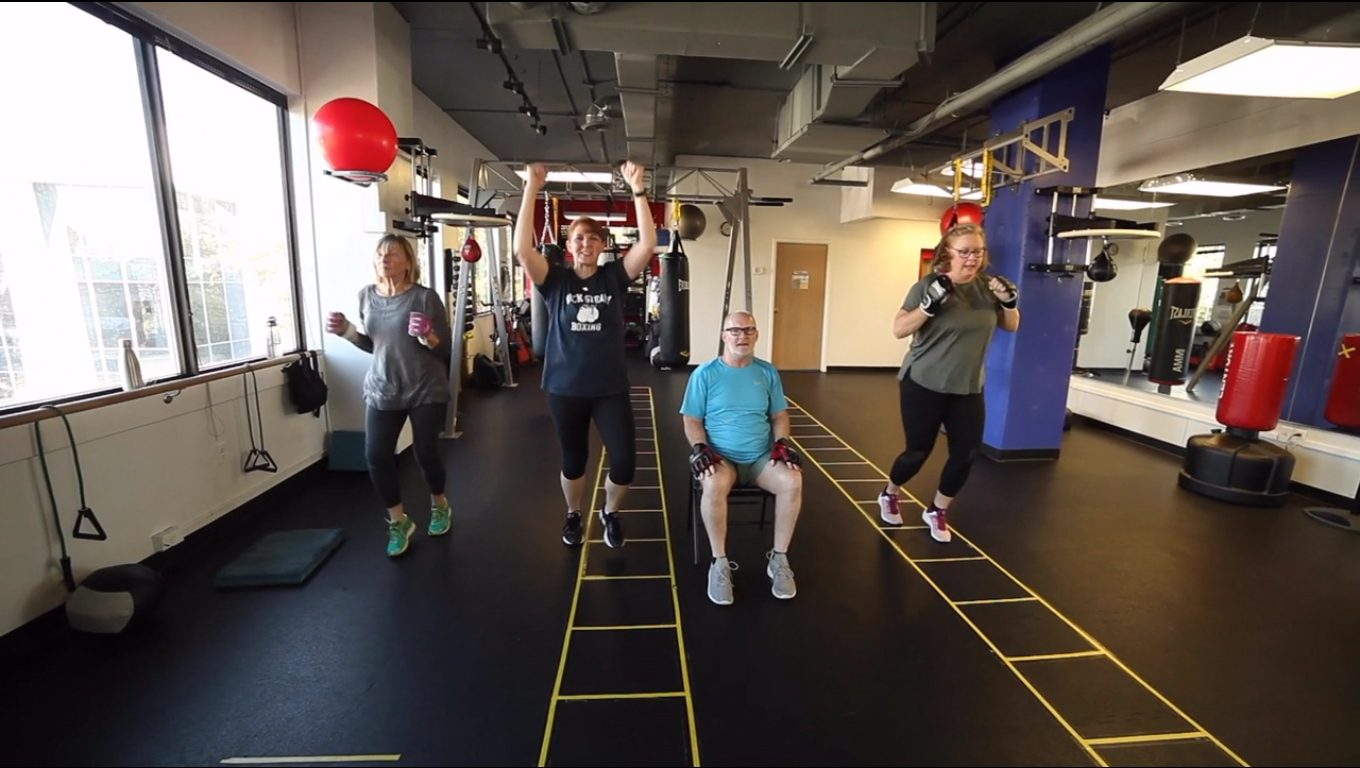
In Part 1 of this series, we discussed an overview of bilateral coordination, its importance and how it falters in Parkinson’s Disease (PD).
Now, we’ll discuss strengthening the pathways for those with PD with exercise.
Clearly, the brain is a work of art when you consider the “architecture”, the “highway” of nerves required to communicate with the rest of the body, to the final outcome of the original thought or idea. ANY kind of “road block” is going to hinder an individual from completing tasks as simple as writing or buttoning a shirt. And for the person living with PD, this includes walking, bathing, driving, communicating, dressing, well, about every Activity of Daily Living (ADL) that you can conceive.
BUT… never fear, the PD Fitness Specialist is prepared to address these matters of the brain with some challenging YET fun activities to promote improved motor control!
I won’t lie, you may see smoke coming out of the “fighters” ears but the incredible sense of accomplishment at the completion of the drill will be worth it.
Always begin with the fundamental question of program design. What are the needs of my private clients and fighters? What are their common issues? They definitely need to work on:
Strength (7 foundational movements)
NOTE: I encourage Fitness Professionals (FP) to start with the most basic form of each Foundational Movement before progressing to a more challenging version. I have learned that repetition and exercise phases are a necessary part of any fitness program, similar to the human development process.
Your program should also include cardiovascular endurance, agility (footwork/hand-eye), cognitive challenges, fine motor drills, balance/gait drills — ALL which incorporate Bilateral Coordination challenges that provoke the brain to enhance:
Yes, this requires the Fitness Professional to sit down and develop a program that is constantly evolving as the abilities and needs of the client change BUT it can be done. For example, to address gait and incorporate an additional Bilateral Coordination drill that will challenge your client(s) mental focus, try the following progressive drill.
NOTE: Step one is a fantastic way to help a person living with Parkinson’s Disease safely transition out of a “freezing of gait” moment.
Criss-Cross Applesauce (Stand in squat stance)-
Have your client(s) say “Criss-Cross Applesauce” while performing the drill. This will address hypophonia problems and assist in maintaining a strong beat..
Once they have achieved this version, have them progress to the next level….
Criss-Cross Applesauce with Marching Knees
To add complexity to the drill, have your clients tap the marching knee onto a step or bosu.
Once they have achieved this version, have them progress to the next level….
Criss-Cross Applesauce with A Forward Lunge
To add complexity to the drill, have your clients perform a diagonal lunge or a lateral step.
This is just one example of how you can incorporate Bilateral Coordination into a movement we do all day every day! Walking! And if you work with people living with Parkinson’s Disease, then expect their learning time to vary but with repetition and encouragement, they will conquer this drill and be excited to try the next.
Which leads me to share with you the results I have experienced in my Parkinson’s Disease Wellness Center in Nashville and Franklin, Tennessee.
“Susan” is 62 years old and was diagnosed 17 years ago which classifies her as Young Onset Parkinson’s Disease. Susan had the DBS surgery 10 years ago and although the DBS initially provided relief of tremors and dyskinesia, over time fine motor skills, drooling, hypophonia, balance/poor posture — leading to numerous falls — has become an issue. She is also blind in one eye which limits her spatial awareness, decreases balance and mobility, all of which makes living independently even more challenging. Additionally, the hypophonia had led her to become 80% non-verbal. To answer questions she either nodded yes/no or shrugged her shoulders if she didn’t know the answer.
When we began working 1:1 together, my first priority was to address her posture/gait, as she was stooped forward and shuffling, leading to multiple falls each week. So, in addition to a dynamic warm-up with large ROM drills to properly prepare her body from head to toe, strength training, boxing and cycling, obstacle courses and more, I taught her the “Criss-Cross Applesauce” drill. The first several sessions, Susan had to complete the drill 5x between other warm-up exercises AND march while tapping her hand to the opposite knee when we moved to a new station or machine. She also had to speak the words “Criss-Cross Applesauce” when performing the drill to address her hypophonia.
The first session, Susan could not make the connection that her hand was to tap the opposite shoulder or knee. I had to manually move her hands and say the words with her. By the end of the first session, she was only able to complete the drill at a slow tempo, but that was ok, she did it! She left the gym that day with homework to practice the “Criss-Cross Applesauce” drill three times a day for 5 repetitions. I also assigned marching in place while tapping the hand to the opposite knee 60x twice a day.
The second session, I noticed a significant difference in her timing and coordination. For the first set, I still needed to “mirror” her while she did the “Criss-Cross Applesauce” drill, but overall, Susan was able to complete the drill 3 out of 5x correctly. When Susan would move to a different location, I had her march and tap her hand to the opposite knee. We counted how many steps it took to make it to the next station with the goal of trimming 10-15 steps off the next round. To do so, I had her focus on making precise connections between her hand and opposite knee as well as stomping her foot when stepping. By the end of the session she was able to trim 5-10 steps off between stations. She completed the session with the same homework as before.
The third session is when I started to notice some fantastic improvements. Susan walked into the gym marching and tapping the hand to the opposite knee. She was able to cover more ground with fewer steps and the best part was that stomping her foot was helping her step with increased assurance. That equates to fewer falls! Additionally, transitioning station to station took less time and she was able to lift her knee higher than the previous sessions.
The “Criss-Cross Applesauce” drill still required me to “mirror” her but she did all 5 reps correctly and her hand/shoulder and/or hand/knee connection was more actively engaged. We continued to perform the drill between each exercise or cardio drill and by the end of the session, she spoke with clarity and increased volume, her stride length had increased, posture was more vertical and her confidence soaring. She even told me a joke!
The exciting results I experienced with Susan have also been experienced in my group exercise classes for Parkinson’s Disease. “Fighters” report that their forward/lateral movements, executive functioning skills, and balance have improved since incorporating Bilateral Coordination drills into our program.
The brain, in all its complexity, is a beautiful work of architecture. You, the Fitness Professional, have the “blue-prints” at your fingertips and together we can weave together bilateral movements to enhance the lives of those with Parkinson’s strengthening their bodies, mind and spirit and above all giving hope.
To assist you in learning how to create exercises that incorporate Bilateral Coordination into your program, I have included additional videos below demonstrating examples of exercises. (I would like to give credit to Dr. Irv Rubenstein, MedFit author & advisory board for the use of two of his drills in the video.)
This video comes from Dr. Jacob Weiss of handeyebody.com
Check out Colleen’s online course on MedFit Classroom….
Co-Written by Colleen Bridges, M.Ed, NSCA-CPT and Renee Rouleau.
Colleen Bridges is the author of MedFit Classroom’s Parkinson’s Disease Fitness Specialist course. Renee Rouleau is a PhD student at the Jacobs School of Biomedical Sciences, University at Buffalo.
References
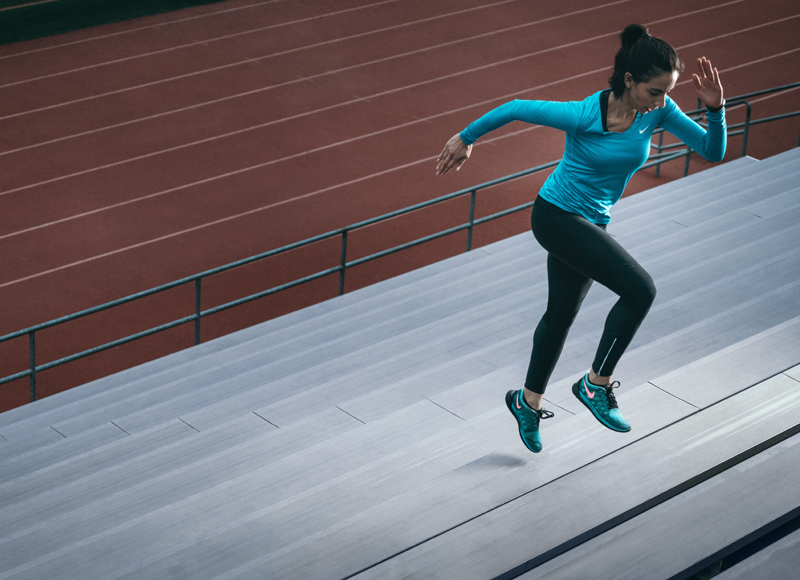
Ask any runner and they will likely tell you that optimal performance in running and other endurance events depends on many different variables. Some of these variables: training and nutrition status, are within a runner’s control. Others, like race-day weather, age, and genetics, are not.
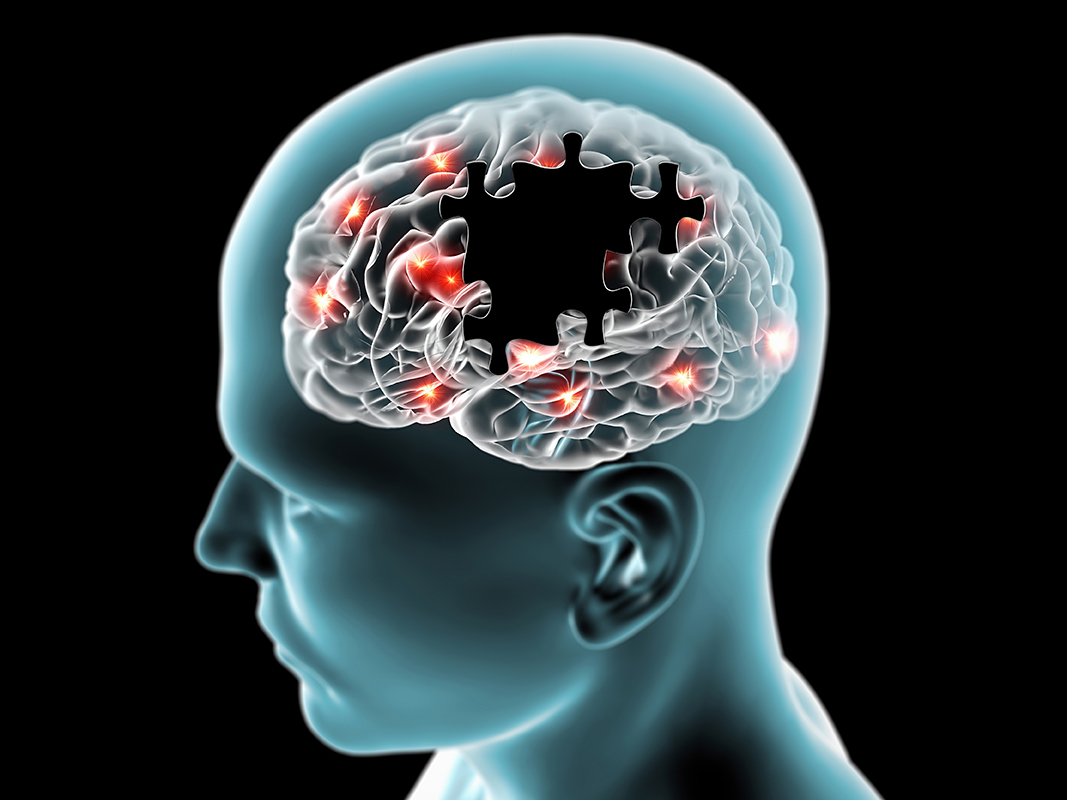
“You want me to do what?” says Susan when she hears the drill that I want her to complete during our exercise class.
“You’ve gotta be kidding me! Where do you come up with these drills? You DO remember I have Parkinson’s Disease?” To which I smile and reply, “Yes, and you can do this, I promise!!”
Susan rolls her eyes and jokingly replies, “Right, I guess we’ll just have to see about that, Colleen!”
“You can do this Susan,” I reply, “but it is going to require work, and I’ll be right here to help you.”
You may be thinking to yourself, what kind of drill is Colleen asking her client to perform? Could it be a 150lb deadlift? Maybe it’s a 5ft plyo-jump on one leg or possibly a 3 minute plank? Not even close! While the deadlift, jump and plank are all fantastic exercises, I’m asking Susan to do a lunge series with lateral arm lift series which incorporates Bilateral Coordination.
Bearfoot OT and Noémie von Kaenel, OTS share that bilateral coordination is the integration and sequencing of movement by using “two parts of the body together for motor activities”.
“To coordinate two-sided or bilateral movements, the brain needs to communicate between both its hemispheres through the corpus callosum which we will discuss later on. But it is important to note that this area of the brain develops at 20 weeks but connections between the two hemispheres strengthen and develop as a child develops . Bilateral coordination is also closely linked to the vestibular system (where your head is in space), posture, and balanced movements.”
For example: We all grew up challenging our friends to pat their head and rub their tummy at the same time. Then switch hand placement and repeat. Take a second and give it a try! Did you find one hand placement easier than the other? Now, imagine that you have Parkinson’s Disease (PD) and you’ve been given this challenge. You would probably tell me that it was tough on both sides. Why is that?
Let’s take a few moments and discuss Parkinson’s Disease so you understand the challenge of Bilateral Coordination.
By definition, Parkinson’s Disease is a neurodegenerative disorder that affects predominantly dopamine-producing neurons in the Substantia Nigra (SN) (Latin for “Black Substance”, due to its darkened pigment in the brain). The substantia nigra contains the highest concentration of dopamine neurons. It is a part of the Basal Ganglia, an area responsible for motor control, motor learning, and procedural memory, such as learning how to tie your shoes.
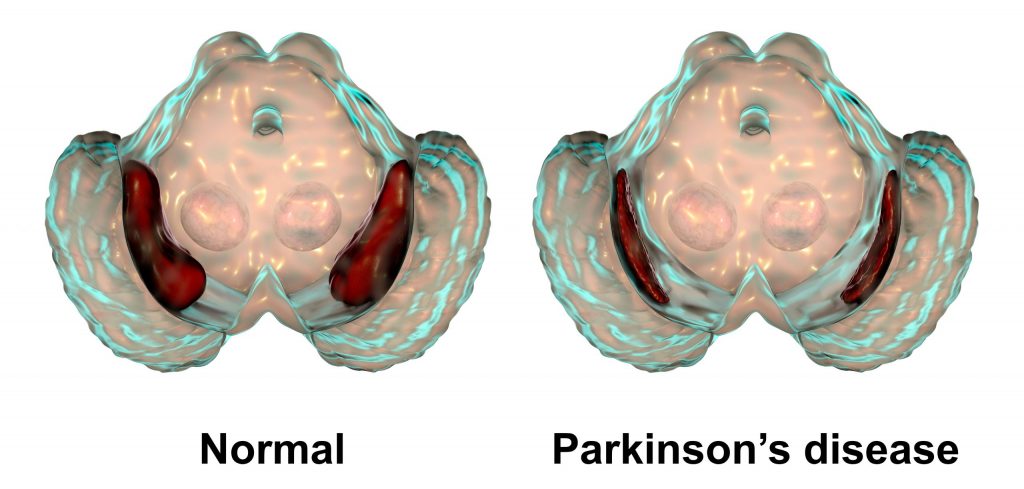
Substantia Nigra in Normal Brain vs. Parkinson’
Without the Substantia Nigra, the brain and body simply do not communicate as well, or at all depending on the stage of PD. To us, fitness professionals, we observe those living with Parkinson’s Disease displaying uncoordinated movements, loss of balance, poor gait, postural issues, visual tracking problems, rigidity, tremor, freezing, facial masking, inability to focus on a task or process information clearly, bradykinesia, hypophonia (volume of voice)… and as it pertains to Bilateral Coordination, the challenge to perform a drill with one side of the body such as the left arm while moving the right leg. Now your wheels are turning and you are probably asking yourself…
Bilateral Coordination requires your small and large motor and visual-motor functioning to work together making it possible to accomplish ALL of your daily tasks! For example, in order to write your grocery list on a piece of paper, you need to hold the paper with one hand while writing the note at the same time.
Proprioception or body awareness is another great reason to work on Bilateral Coordination. Throughout our entire life, we have the ability to know where our body is in time and space. For the person living with Parkinson’s Disease, this means a lower risk of falling, and believe me, that is crucial!
We learned in a previous article, “How a Thought Becomes an Action”, that motion in the brain is complicated and there are numerous steps to ensure that the motion in the brain is coordinated and precise. This all starts in the motor cortex, goes through the spine into motor neurons and muscles, and goes back into the brain to be fine-tuned by the basal ganglia (keep in mind this is where the substantia nigra resides). But now we’re adding onto this process by adding on even more coordinated movement in:
Each one of these areas works in tandem with the movement pathways we discussed previously to produce bilateral movement and is the reason that I can type and you can read this paper right now. Let’s go over what each of these areas does, starting with the premotor cortex (Figure 1, below).
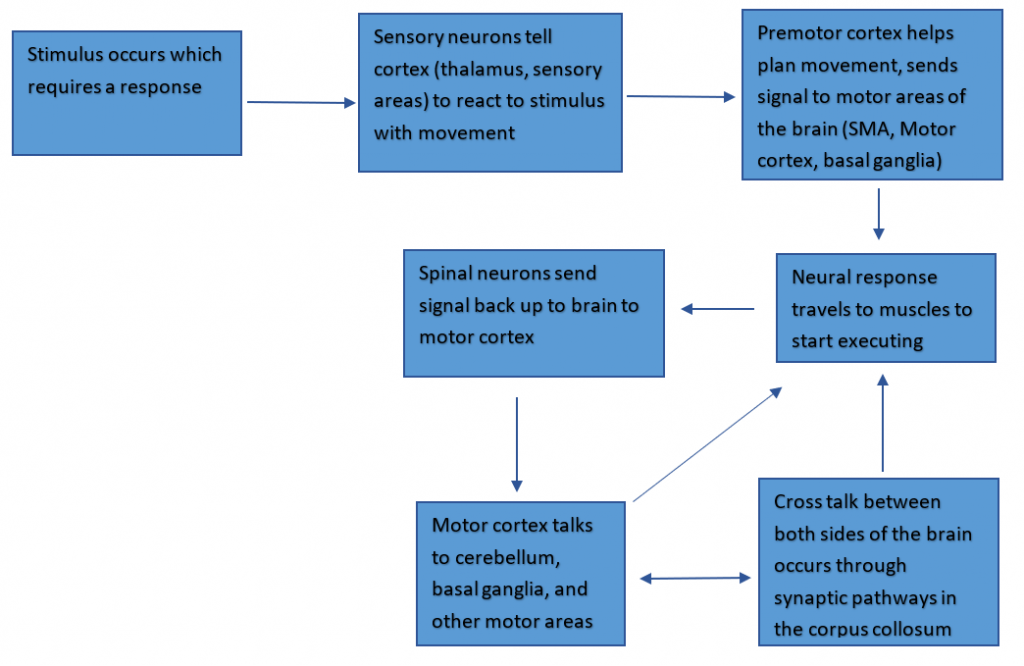
Fig. 1 The neural pathway from stimulus sensation to movement response.
So given these four areas of the brain, along with the rest of the movement pathway, there are numerous elements here contributing to sensory integration, planning of movement, checkpoints for these movement executions, and a miscommunication playing out on both sides of the brain. This means that there are a lot of alternate pathways in case anything goes wrong. However, pathways can deteriorate over time, and problems can arise. Which brings us to PD, and the issues that may happen in bilateral coordination as the disease progresses.
There’s a lot of different attributes to movements like walking – a complicated movement with a number of variables:
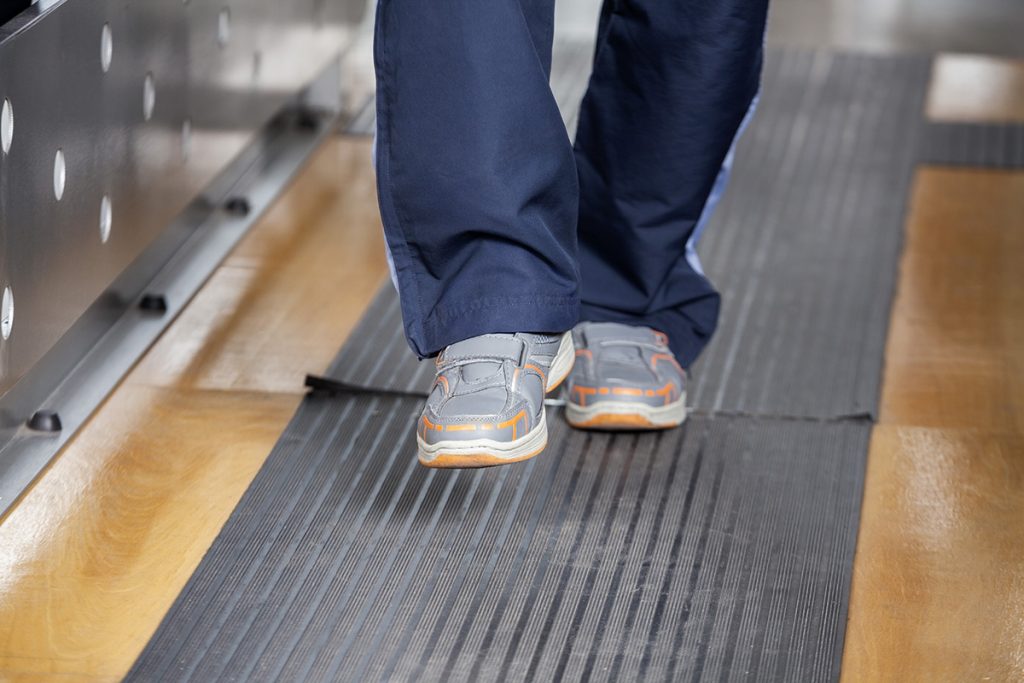
With all those steps, anything that goes wrong will hurt the body’s ability to keep steady and coordinate larger and smaller movements on both sides. We also need to take into consideration that we all have a dominant side in normal movement that is easier to control. Evidence suggests the dominant side is worse in PD, perhaps due to brain asymmetry, meaning anything involving that side is most likely going to be slower and more uncoordinated, such as balancing on your dominant side or having to pivot on your dominant foot (1,2). Again, comparing it to a car running, if you have a bad steering wheel, your turns are going to be a little rough and you might end up swerving more or less on target. Or you need new adjustments or wheel bearings that make your balance and steadiness just a little bit better (speaking from personal experience). These parts make a car drive smoothly, as the neural circuits involved in the basal ganglia — along with all the new motor regions I mentioned–interact as one unit to make the walking as coordinated as possible.
This type of movement is also affected by our favorite neurotransmitter: dopamine. As we know, dopamine affects the basal ganglia, which has a conversation with all of the different areas we’ve talked about, such as the supplementary motor area, which is important for coordinating movements. We have seen in past research that taking dopaminergic medication has positively affected Phase Coordination Index (PCI), which measures bilateral coordination by looking at footsteps and foot switching (4). What does this mean exactly? Taking dopaminergic medications creates a more balanced movement, most likely by increasing basal ganglia activity, which thus increases the conversation between this and other movement areas needed for bilateral movement.
We also know that exercise is great for PD! Not only has this been seen in PD-specific fitness classes, but in research as well! Taking medications that increase dopamine uptake can mitigate some of these falters in movement and can create a more efficient signaling cascade, but it can only do so much. The other part of strengthening these pathways comes from exercise that can lead to better balance, smoother motion, and greater bilateral coordination! We’ve seen in some research studies on physical therapy techniques that auditory and visual cues, premeditated/thoughtful movements, and most importantly repeated balance drills can decrease FOG episodes, which could be attributed to a lack of bilateral coordination (3).
And what incorporates all of those? Exercise classes! In Part 2, we discuss Steps To Incorporating Bilateral Coordination Into Your Exercise Program.
Check out Colleen’s online course on MedFit Classroom….
Co-Written by Colleen Bridges, M.Ed, NSCA-CPT and Renee Rouleau.
Colleen Bridges is the author of MedFit Classroom’s Parkinson’s Disease Fitness Specialist course. Renee Rouleau is a PhD student at the Jacobs School of Biomedical Sciences, University at Buffalo.
References

Having a foundation in coaching skills equips fitness professionals and wellness professionals to help their clients succeed at lifestyle improvement.
MedFit Classroom’s upcoming course will provide you with a thorough overview that enables you to be much more coach-like in your work with clients.
In the Foundations of Wellness Coaching course, authored by Dr. Michael Arloski, you’ll…
This course is ideal for the fitness or wellness professional looking to either integrate the skills and methods of coaching into their own professional work, or to serve as an introduction to the path of learning how to become a health and wellness coach.
Dr. Arloski is a pioneering architect of the field of health and wellness coaching. He and his company, Real Balance Global Wellness, have trained thousands of health and wellness coaches worldwide. His book, Wellness Coaching for Lasing Lifestyle Change is a foundational book of the field, and his new book Masterful Health and Wellness Coaching: Deepening Your Craft takes the field to a new depth.

Long trusted by athletes and bodybuilders to help improve athletic performance, the muscle strength supplement creatine remains either unknown or shrouded in myth among the wider population. But increasingly creatine is being recognized by the medical community for the benefits it can bring beyond just athletic performance. From assisting in injury recovery to helping reduce the risk of falls in the elderly, creatine is a natural, safe, and effective tool all of us can use…
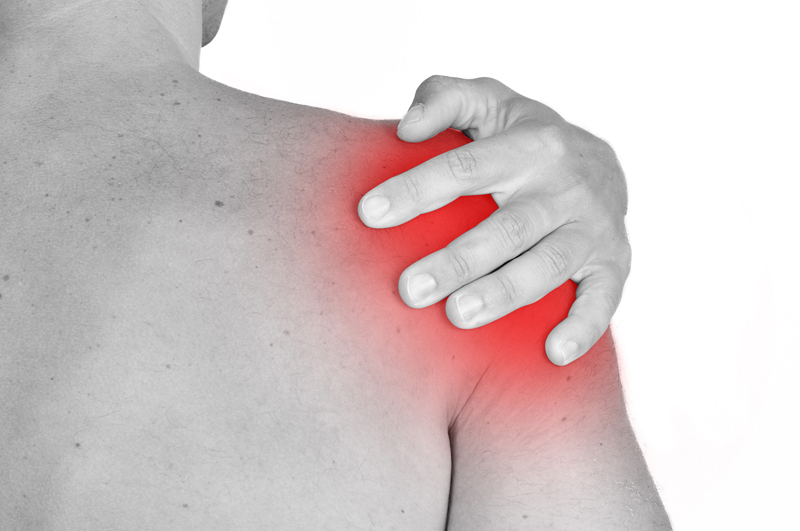
Pain is an elusive concept. Sometimes chronic pain or discomfort occurs in muscles and joints without having injured the area where they’re feeling the pain and discomfort. Why? Why do some people who have structural damage to a muscle or joint (as shown by MRI or other test) have no pain in the damaged area, but . . .
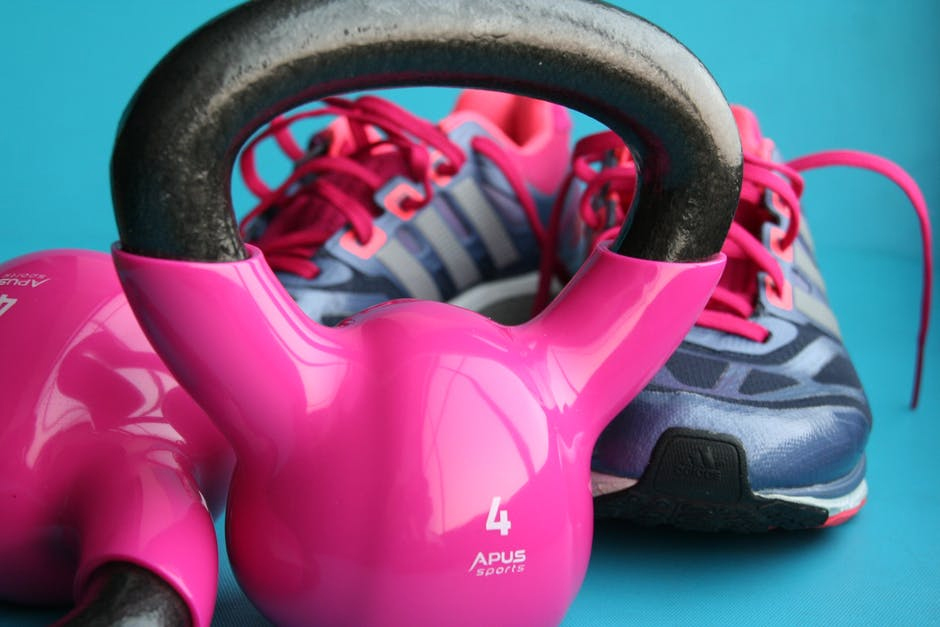
Before you can begin checking the boxes off above a baseline needs to be established. What is the best way to set a baseline that isn’t time-consuming? A Physical Therapist can test physical capacity, but will that give them the total picture? What if you are a health care provider such as a Massage Practitioner or a Chiropractor, or a doctor of an individual who wants to start an exercise program? How do you set-up a baseline of indicators to capture dysfunction at the level of the movement pattern, not just muscles/tissues that are weak or injured?
The quickest and easiest way I know of is a Functional Movement Screening and a Movement Assessment Screening. It is a ranking and grading system to measure asymmetries. If there is a pain in any of the movement patterns the activity is stopped and a referral is made. As a Functional Movement Specialist, I can do the movement screening with a printed report and corrective strategy exercises to reinforce quality movement patterns. This establishes a baseline to work from and retesting is done periodically.
The way this effective approach works: Each box needs to be checked off before you move to the next box.
When a patient/client goes into a Physical Therapist for treatment, or Massage Practitioner for manual manipulation of muscles/tissues, or Chiropractor for a muscular skeletal adjustment. After the procedure the next step is usually, rest, ice, maybe some stretches and to review or start an exercise program. Ok, if this is the standard procedure followed, what is missing from this picture?
This next step is where I as a Fitness Trainer am highly effective, first with myself and now others. I took my twisted muscular-skeletal frame from a seat belt injury and started retraining the correct movement patterns by reinforcement. It takes about 7,000 repetitions of a movement pattern before it becomes spontaneous. What do I mean by reinforce? Reinforce means you either go back to what you were doing with the same faulty movement pattern and setting yourself up for needing another reset, instead of going in for a maintenance appointment. Keeping the cycle of dysfunction and asymmetries going that lead to dysfunction, pain and injury.

A combination of corrective exercises and conditioning work, such as using supersets to establish better hip hinging and then doing deadlifts, and then maybe add some kettlebell swings.
Reload the frame with the right resistance that maintains the right movement pattern exercises. I use a wide variety of tools based on the client’s needs and preferences.
Reset, reinforce and reload can be applied to both rehabilitation and exercise. In rehabilitation, Physical Therapist/Health Care Provider is working with pain and dysfunction. Exercise professionals work with dysfunction by setting up a baseline and reinforce correctives and conditioning to help prepare the individuals to return to a full active life.
I have successfully retrained my body after a seat belt injury that caused asymmetry imbalances, and now successfully use these remedial corrective strategies with my clients. I give my clients enough practice to learn how to move efficiently, and believe in open communication, taking after hour calls and making home visits.
Move well, move often, stay fit, live!
The Kettlebell Lady – Leanne Wylet, BA, ACE -NCCA, specializes in Orthopedic Exercise, Functional Movement, Hard Style/High Intensity Kettlebell Fitness, Silver Sneakers FLEX & Tai Chi Instructor works with the aging population. She has come back from a seat built injury that left her disabled and two major illnesses; her body is now restored. Taking the skills she’s developed, plus academic training, she works with individuals in all walks of life from youth to those in their golden years. Visit her website, kettlebelllady.com
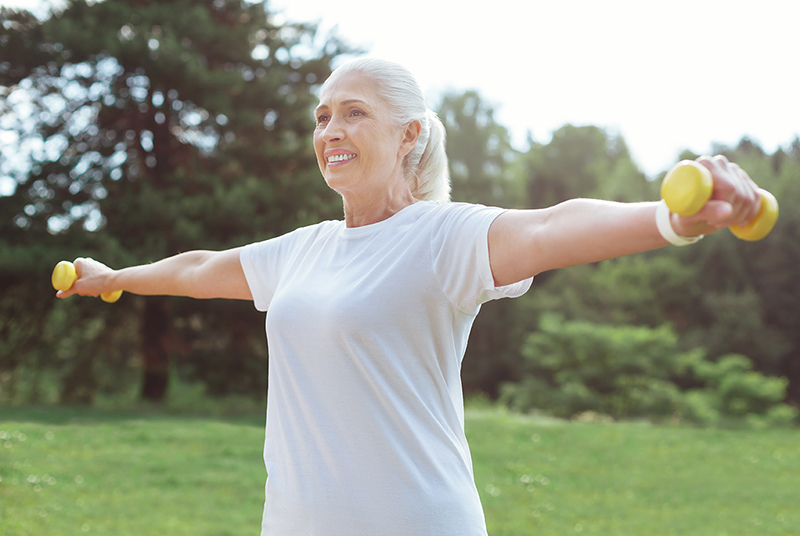
 An important principle that has emerged throughout my writing on “healthy aging” has been the issue of fitness and the role being fit plays in preventing illness and injury, yielding a fulfilling and vibrant life – a “life well lived”. The point of healthy aging is to be in a position as we grow older “to do what we want when we want without getting hurt”. I have always believed that my level of fitness would yield positive results as I got older emotionally, physically, mentally and spiritually – and so far I have been proven right in my own life. The “fitness lifestyle” is a consciousness issue just as healthy aging is as well. I make choices everyday that are designed to enhance my ability to live the way I choose. This always includes high intensity, focused training which will (hopefully) prepare me for the challenging years ahead.
An important principle that has emerged throughout my writing on “healthy aging” has been the issue of fitness and the role being fit plays in preventing illness and injury, yielding a fulfilling and vibrant life – a “life well lived”. The point of healthy aging is to be in a position as we grow older “to do what we want when we want without getting hurt”. I have always believed that my level of fitness would yield positive results as I got older emotionally, physically, mentally and spiritually – and so far I have been proven right in my own life. The “fitness lifestyle” is a consciousness issue just as healthy aging is as well. I make choices everyday that are designed to enhance my ability to live the way I choose. This always includes high intensity, focused training which will (hopefully) prepare me for the challenging years ahead.
Speaking, traveling, teaching, program design, consulting, writing and other activities that I wish to do in my future will require focus, high energy, inspiration, imagination, and physical stamina and endurance. The ability to train the way I am now will translate into the future actions that will yield the result I envision for audiences in the years ahead. Planning for a future that requires me to be prepared to do my work at a high level will also demand that I be as fit as I can be in order to give me the strength to help as many people as I possibly can – while I can. This is my mission – and my purpose.
This article is about something I think about EVERY day. Each of my actions, decisions, and thoughts are applied to the outcome that I seek with every step I take in becoming stronger, faster, quicker, more powerful, balanced, imaginative, flexible and skilled. My purpose is to be able to PERFORM at a high level even as I approach my 70’s and this is the point of my plan – and these articles in this series. How fit are you today for the future you envision for yourself? Does your vision inspire you to reach beyond your grasp? Does it “pull you forward” so that you will take the actions necessary to enable and empower you for the journey ahead? Only you can answer this question! Do it now!
I think of training in terms of performance and so much of fitness today is “gimmicks” – programs designed for the “few” in America who are NOT the obese, overweight, poorly trained, seniors, and youth. The “fatting” of America does NOT include practical programming on TV, the internet – or anywhere for that matter – that appeals to the average, untrained individual struggling just to live a ‘moderately’ happy life. I see this huge “hole” in our society everyday when I go out into the world where the “connection” between being fit and “regular” people is NEVER being made. To most of the world, fitness – or becoming fit – means acquiring a gym membership with all the “hassles” that implies and THAT isn’t healthy or inspiring at ALL!
I worked in the Nautilus and Bally’s systems as a trainer for over ten years and I never once saw the effort being truly made to help people “realistically” ACHIEVE anything. The world outside the gym is a giant “blank” for over two thirds of the population. The only thing I see that is visible today is elementary lifestyle “advice” on Dr. Oz and other related sophomoric network shows that really change nothing. The other major factor in the sales “pitch” to America on fitness comes in the form of “infomercials” that literally “sucker” people into buying USELESS stuff that will never really help them – EVER! The latest gimmick is the “abdominal belt” that will ‘melt” fat away with just 10 minutes a day! This is just the latest in the same old scam – “sell them anything and make a buck in the process!” What a disgrace and a shame that we have resorted to “hucksterism” in this country in order to sell the virtues of being fit! Jack Lalanne’s legacy has almost been completely forgotten today and I want to make sure I play my role in carrying the work he started so long ago forward with me. At least he TAUGHT simple exercises to people of all ages in the 50’s and 60’s with passion AND led them every step of the way during his shows. Those days are long gone!
When we think of helping people to become fit and healthy, we must always remember to train ourselves FIRST so that we can inspire others to do the same. I will not TELL anyone anything because for each of us our understanding and perspectives are different – just as each of us is different. I will always side with “being the example of the change I wish to see in the world” – the theme of my first article in this series. How do I retain my skill level with the “seven keys” of fitness highlighted above? I maintain them – and will elevate myself to higher levels of performance in the future – through my weekly weight training program, running 40 to 50 miles a week, stretching, and meditation. This dedication to fitness will hopefully allow me to do what I want, when I want, without injury and live with joy the active future of service I am envisioning for myself. I believe that with each passing day we are ALL falling ‘behind the fitness curve’ in life – whether we are training or not – and it is imperative that we translate our passion for being fit to others through our example. If we CAN’T DO IT, WE SHOULDN’T BE TEACHING IT!
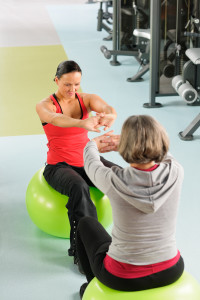 Conclusion
ConclusionMy primary commitment to myself each day is to NEVER GIVE UP. If I am not sick or injured, I am training – training for my life to come and the role I have chosen for myself as “an agent of change in the world”. Each of us MUST decide what it is WE STAND FOR so that others can be inspired by our example. Jack LaLanne taught me through his example – as John Wooden did – that it is WHO WE ARE on the inside that will be the ‘key’ to inspiring and encouraging others to reach beyond their current grasp and strive for more than they ever dreamed possible. I am convinced every day by what I see in the world that what we have to offer the ‘many’ is desperately needed now more than ever. If we do not take up this challenge, who will? When will the REAL change come? It will only come when we change ourselves (on the inside – healthy aging is an inside job, remember?) and that is the greatest challenge that we will ALL face in life. It is worth fighting for this principle every day of our lives. Will you take it upon yourself TODAY and join me in this “journey of change” – and touch millions of lives in the process? I hope your answer is a resounding YES!
Article reprinted with permission from Nicholas Prukop.
Nicholas Prukop is an ACE Certified Personal Trainer & a Health Coach, a fitness professional with over 25 years of experience whose passion for health and fitness comes from his boyhood in Hawaii where he grew up a swimmer on Maui. He found his calling in writing his first book “Healthy Aging & You: Your Journey to Becoming Happy, Healthy & Fit” and since then he has dedicated himself to empowering, inspiring and enabling people of all ages to reach for the best that is within them and become who they are meant to be – happy, healthy and fit – and be a part of a world where each person can contribute their own unique gifts to life.